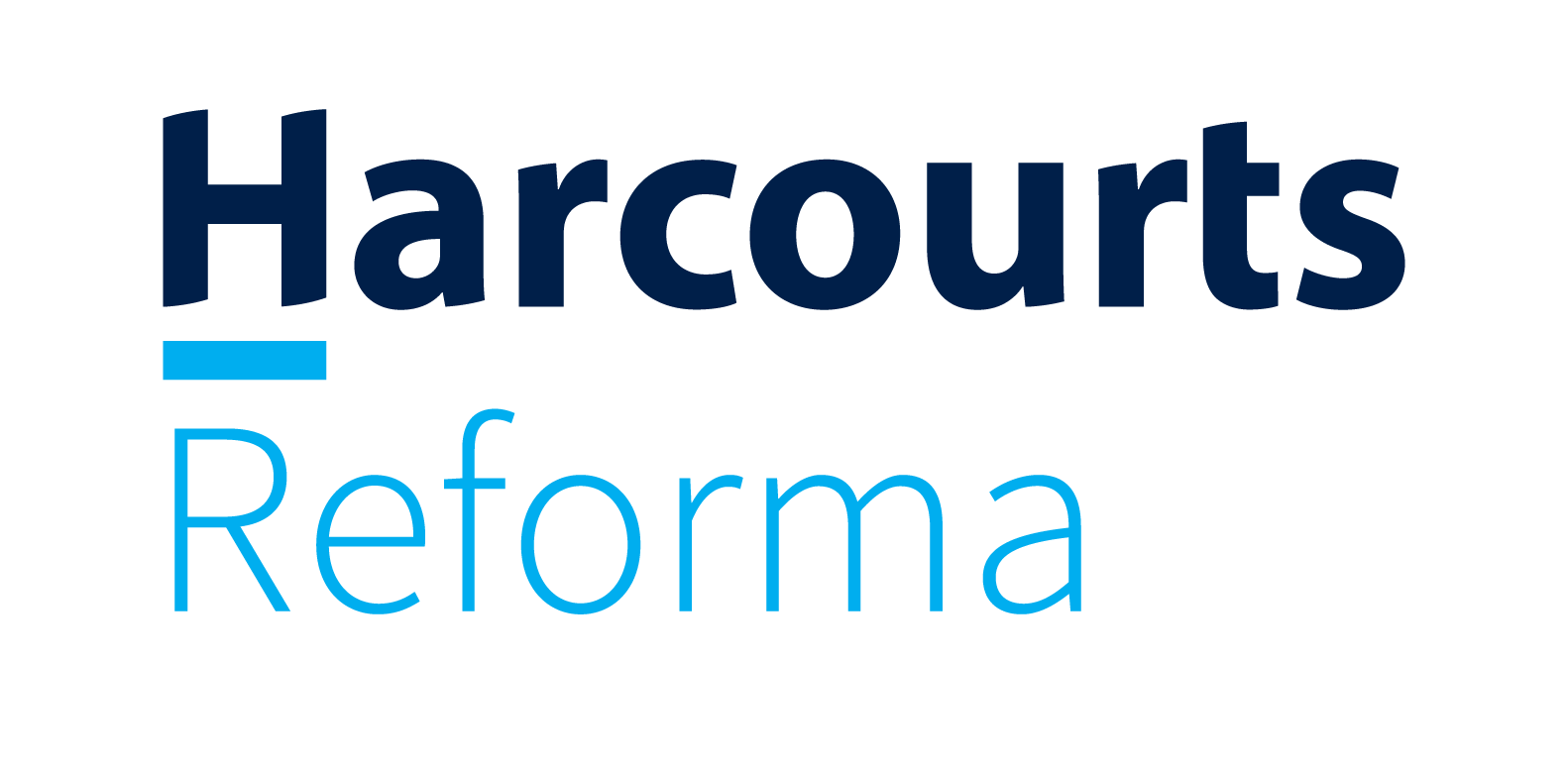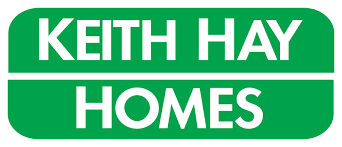The following is a record of questions and answers at our webinar Interest limitation & bright-line extension: insights from the IRD part 2.
See the presentation video below:
Looks like you are trying to access a resource that is for APIA members only and APIA TV subscribers only, please log in below.
Q. In the Special Report there is an example of converting one house into two self-contained apartments (pg. 81) the resulting two are then both considered new builds – can you provide more information on this? Does there need to be significant work done on both? a CCC issued covering both? When is the original considered not a new build, i.e. adding a minor dwelling to a property, the original property wouldn’t be considered a new build, however, what if the minor dwelling was attached, i.e. underneath the existing house, or the original (attached) garage?
A. A CCC certificate covering both residential units created by the conversion is required for each of the units to be a new build. (DH 5(7)(a)) Also each apartment would need to be a new build as defined as a self-contained residence that receives a CCC confirming the residence was added to the land or converted into a residence on or after 27 March 2020. The CCC is the requirement rather than any measure of ‘significance’
Q. What happens if you leave your home for 12 months to travel overseas – and don’t have another main home during that time. If you then sell within 10 years do you need to pay tax on the period you were away?
A. If they don’t have another main home while away, then their home in NZ could still potentially be their main home for the purposes of bright line. But that is very dependent on facts. We are doing more work on this very issue and will be providing guidance. The areas of focus are mainly for work secondments but the same principles will apply to other overseas travel.
Q. What if I have two main homes (in two cities) and split my time equally between two places. Would I qualify for the main home exemption for both houses?
A. The rules are set out so that there can only be one main home concurrently. It is possible to have two main homes in a year but only if you are transitioning from one to the other.
Q. Are there any further Brightline guidance regarding the issue of market value transfer requirements vs cost requirement for rollover relief when transferring between related parties?
A. Rollover relief only applies for certain scenarios – for example under relationship property agreements, on the death of a person to an executor or administrator of an estate and some transfers to or from family trusts. Outside of this, there is no rollover relief for transfers between related parties.
Q. If I build a minor dwelling and later sell the whole section including the old house, what will be the bright-line rule for the sale?
A. The short answer is that apportionment will be required between the portion of the property that is new build vs old build. The new-build portion (if all requirements are met) will be subject to a 5-year bright-line, whereas the “old build” will be subject to the 10-year rule.
Q. Could you clarify how rollover relief will work and whether Brightline is reset for all partners if one buys the other out?
A. There is rollover relief for a transfer of property under a relationship property agreement, but care should be taken to ensure that the requirements are met. It must be a transfer under a relationship property agreement between de facto, civil union partners, or spouses. If so that transfer will not be subject to tax under bright-line. However, any subsequent sale by the recipient may be if they sell it within the bright-line period, which starts from the date that the property was first acquired in the (former) relationship. If so bright line will apply (unless an exclusion applies).
Q. Will a property that is purchased with the intention to have a minor dwelling built on it fall under the land business exemption?
A. The land development exemption applies to taxpayers that are in the business of developing or dealing and building on land under sCB7. In general, if a person does not qualify for a land development exemption, may qualify for a development exemption if the aim is to create new housing. It would depend on the specific facts of the case and be better answered with further details of what is planned.
Q. What happens if a trust has been resettled recently and the property (main home) has been transferred to the beneficiary (after 27th March 2021) with no value. However, they trigger change of use but renting the property for more than 12 months and then selling within 10 years. What value should they use when calculating Brightline?
A. Regarding the trust question – there is now rollover relief for some transfers to or from family trusts. It gets a bit technical, but there is guidance on page 125 of the special report.
















Add Comment